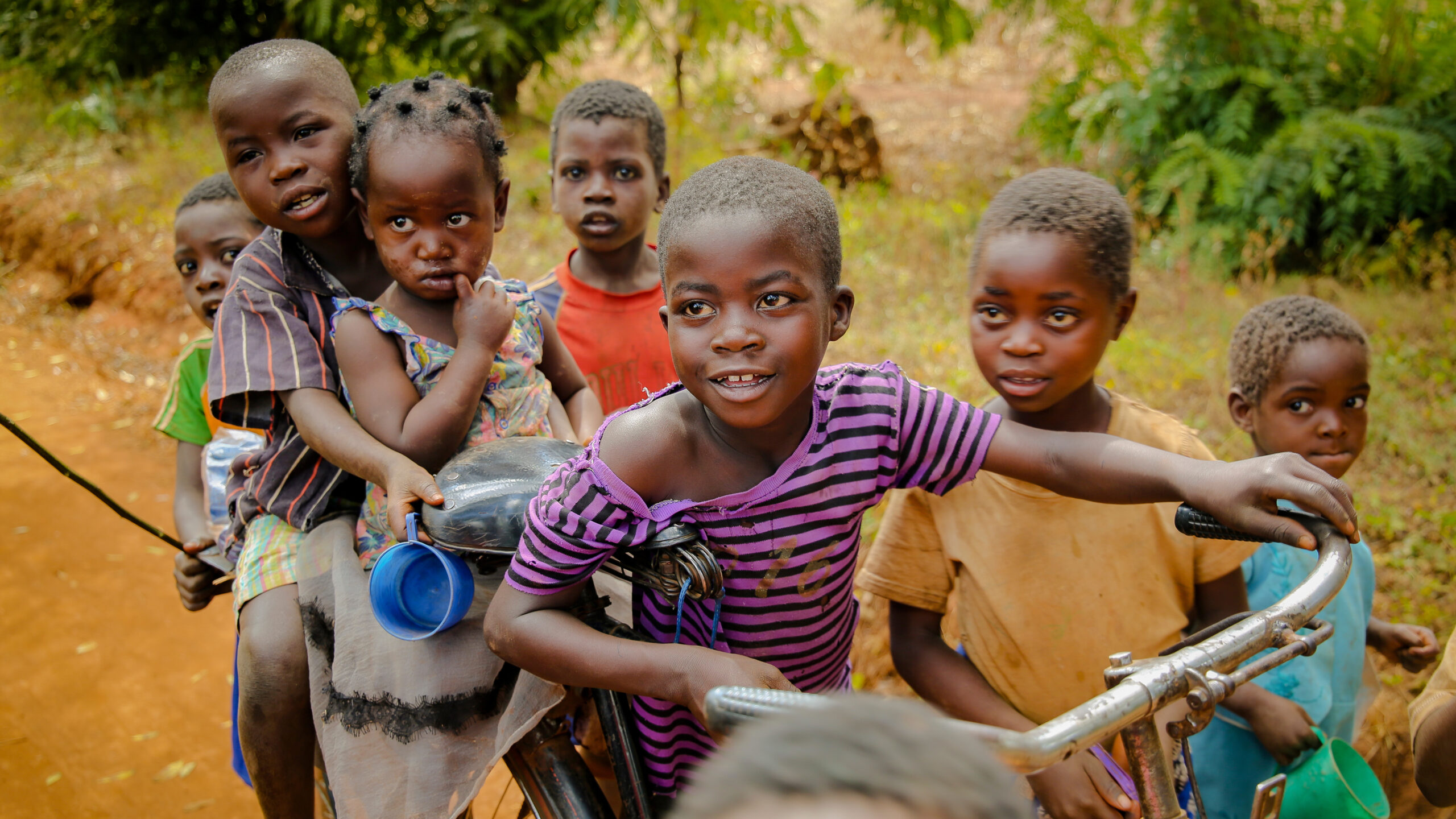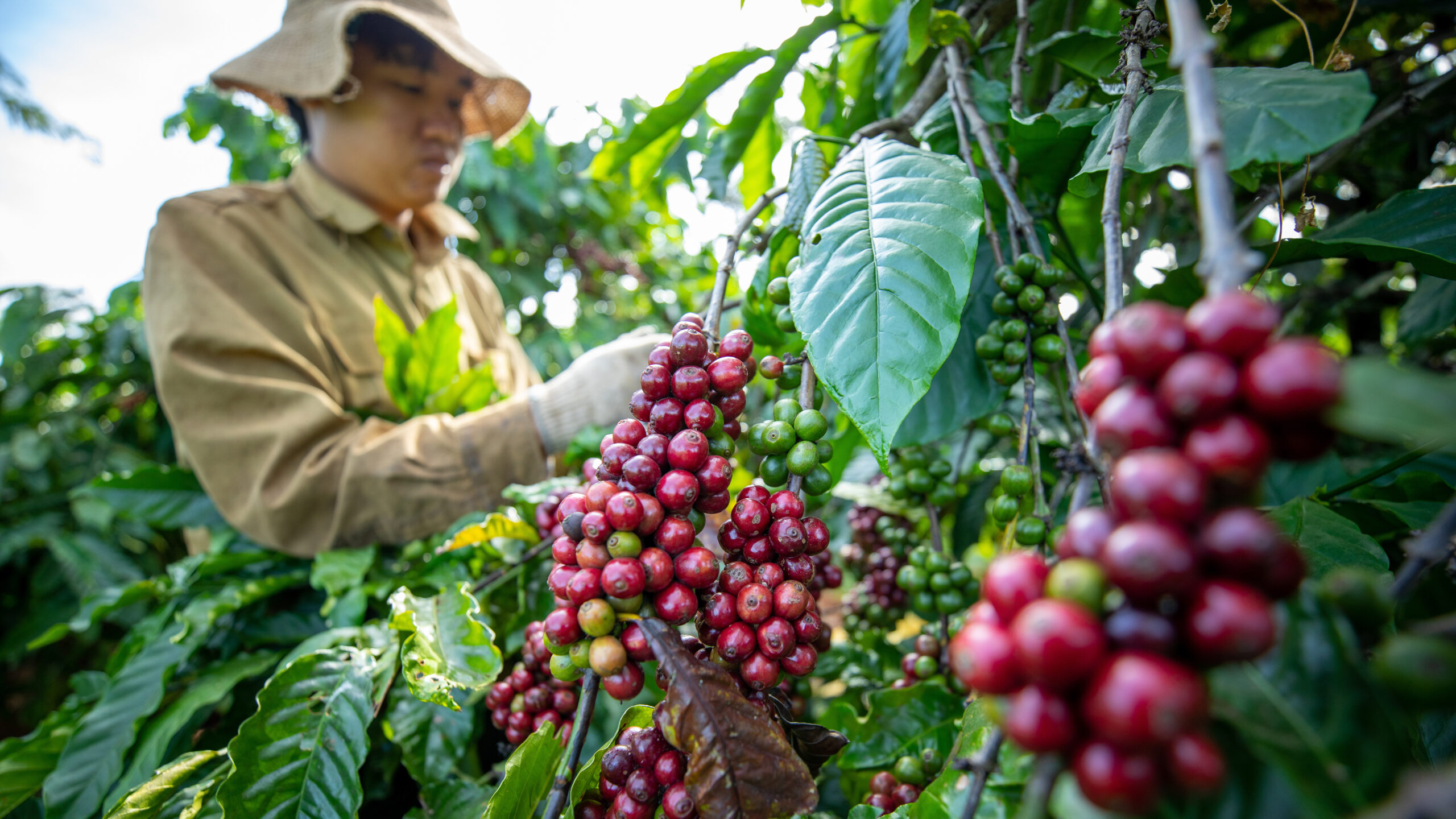The annual school and agricultural calendars exercise near-universal influence on life in the developing world, yet until recently there was little research on the interaction between the two. In the United States, it’s a widely held belief that the typical school calendar developed around the already existing farming calendar. While some debate this (Fischel (2006) argues it had more to do with summer migration), the economic intuition is sound: Schedule school when low farm labor demand decreases the opportunity cost of school, and break in the summer when high farm labor demand increases the opportunity cost of school. This arrangement should lead to higher school participation in farming communities where children are expected to help on the household farm.
However, in sub-Saharan Africa (SSA), school calendars did not evolve over time in response to local conditions but in many cases are leftover institutions from colonial times set up to match European school and administrative calendars. For example, many countries in West Africa start school in late September or early October, as did the French school calendar, though this is just before the harvest. Though those colonial regimes are mostly gone, SSA school calendars still do not change often: According to the UNESCO Institute for Statistics, of 45 SSA countries from 1997-2019 (over 900 country-years), there are only six instances of countries permanently shifting the start or end months of their school calendar by two months or more: Angola and Ghana both lengthened their calendars, and Malawi, Rwanda, South Sudan, and Tanzania shifted their calendars once. Therefore, given that children in SSA are often expected to contribute to household agricultural production, an important question is: How does overlap in the school and farming calendars affect children’s schooling outcomes?
An increase in overlap between school and farming calendars reduces grade advancement
In a new IFPRI Discussion Paper, I causally estimate the effects of overlapping school and farming calendars on children’s education and labor outcomes in Malawi. Using a shift-share design, the study examines the unintentional effects of a nationwide shift in the country’s school calendar for administrative reasons that actually increased the overlap between school and farming periods. The analysis focuses on children aged 6-13 years and finds that a ten-day increase in overlap between school and farming periods during peak farm periods significantly reduced school advancement by 0.34 grades over a four-year period. Moreover, this reduction in schooling was more pronounced for girls and poorer households, likely exacerbating preexisting inequalities among these vulnerable populations. In the paper, policy simulations show how adapting the school calendar to minimize overlap with peak farming periods can be a cost-effective strategy to increase school participation by better accommodating farm labor demand.
Additionally, to show that this problem is not unique to Malawi, the paper presents a non-causal cross-sectional analysis that compares the overlap between school and farming calendars and primary school advancement across the SSA region. Figure 1 shows the significant negative correlation between the two. For every additional percentage point increase in the fraction of school and sowing/harvest days that overlap, a country’s rate of students reaching the fifth grade (i.e., “survival rate” on the vertical axis) is 2.4 percentage points lower on average. While not causal evidence, this does suggest that overlap may be a potential explanation for large differences in primary school completion rates across SSA.
Figure 1

Additional evidence on the impacts of school calendar overlap with farming periods
These are not isolated results. First, they validate at least 40 years of descriptive evidence (e.g., Schiefelbein 1987; Admassie 2003) and recommendations from international educational development practitioners (e.g., Bustillo 1989; Kadzamira and Rose 2003) about the benefits of adapting the school calendar around agricultural labor demand. They also complement more recent studies examining the causal impact of school calendar timing on educational outcomes in other ways. Also in Malawi, Dillion (2021) finds that the start of the school year’s timing relative to the harvest can make it easier for households to finance school fees. In Bangladesh and India, Ito and Shonchoy (2020) find that overlapping end-of-year examinations with the harvest has detrimental effects. And using cross-country data, Merfeld (2023) shows that the school calendar’s overlap with the harvest can also mediate how child labor is affected by rainfall shocks.
Taken together, these findings contribute to an active area of policy debate by suggesting that the school calendar itself can be a feasible policy lever to increase time in schooling and educational attainment. This is highly relevant for policymakers currently working on SSA school calendar reform, including UNESCO International Institute for Educational Planning and the World Bank (e.g., UNESCO, International Institute for Educational Planning, 2024).
A new collaboration in Madagascar to analyze the school calendar
Motivated by this recent work, I am currently collaborating with the World Bank in Madagascar to analyze the timing of their school calendar. Improving educational attainment is a policy priority for this Southeast African island, where 94% of children cannot read and understand an age-appropriate text by age 10 (UNESCO, International Institute for Capacity Building in Africa, 2024). Indeed, looking again at Figure 1 above, Madagascar (labeled “MDG”) is estimated to have among the highest percentages of overlapping school and farming days and also the second-lowest rate of advancing to the fifth grade, conditional on enrolling in school (Allen 2024). In this context, adapting the school calendar to the farming calendar may be a cost-effective strategy for Madagascar as it looks to improve schooling and learning nationally.
So far, using data from a recent nationally representative household survey in Madagascar (Enquête Périodique auprès des Ménages (EPM) 2021-2022), crop calendars data from the UN Food and Agriculture Organization (FAO) Crop Calendar Tool, and the official school calendar for the 2021-2022 school year, I have estimated a community-level share-weighted measure of overlap between school and farming calendars for 1,074 farming communities in Madagascar. First, I used the estimates of overlap between school and farm calendars to run a simulation to identify Madagascar’s overlap-minimizing national school calendar, which is presented in Figure 1. The results reveal that a nationwide Madagascar school calendar starting in January is typically best to minimize overlap with the farming calendar’s peak farming periods (the current calendar starts in September).
Second, I simulated the gains for school calendars set up at different levels of decentralization. This is motivated by another finding of Allen (2024), which shows that the ideal school calendar varies by community because crop bundles (and hence the “farming calendar”) vary by community.
Figure 2

the actual calendar but start in a different week of the year. The top horizontal axis estimates the start of each month, and the vertical line denotes the
actual 2021-2022 school calendar that started on September 1, 2021.
Table 1 presents the estimated overlap for different administrative levels if each area adopts the overlap-minimizing school calendar. These findings show that there are progressive gains in employing a decentralized approach to reducing overlap in school calendars. Adopting the nationwide overlap-minimizing school calendars will reduce overlap by almost 12%; adopting community-level overlap-minimizing calendars will reduce overlap by over 25%—more than doubling the gains. So while decentralization of the school calendar likely has costs that must be considered, the simulations suggest that the approach is likely to yield gains that are quite substantial.
Table 1

average overlap in the actual 2021-2022 school calendar in row (1) and the present row. Column (3) reports the percent change in overlap reduction relative
to the actual 2021-2022 school calendar in row (1).
Next steps for the project include an empirical analysis that addresses this question: What are the projected impacts of reducing overlap between the school and farming calendars in Madagascar by decentralizing the school calendar down to the local level? To answer this, we plan to use cross-sectional variation in overlap based on the 2021-2022 school year to estimate the correlation between overlap and key education outcomes reported for the same school year in the nationally representative EPM household survey data. While such analyses are non-causal because the analysis only uses cross-sectional variation across communities in the overlap between school and farming calendars, we believe that this analysis will help policymakers better envision the potential gains of decentralizing school calendars in Madagascar.
You can learn more about this project in our recently released project note.
James Allen IV is an Associate Research Fellow with IFPRI’s Poverty, Gender, and Inclusion (PGI) Unit. This post is based on research that is not yet peer-reviewed. Opinions are the author’s.
This research was supported by the CGIAR Initiative on Fragility, Conflict and Migration.
Referenced papers:
Allen IV, James. 2024. Double-booked: Effects of overlap between school and farming calendars on education and child labor. IFPRI Discussion Paper 2235. Washington, DC: International Food Policy Research Institute. https://hdl.handle.net/10568/138825
Allen IV, James. 2024. Overlapping school and farming calendars in Madagascar: Simulating gains of alternative school calendars. Project Note December 2024. Washington, DC: International Food Policy Research Institute. Allen IV, James. 2024. Overlapping school and farming calendars in Madagascar: Simulating gains of alternative school calendars. Project Note December 2024. Washington, DC: International Food Policy Research Institute. https://hdl.handle.net/10568/163428







